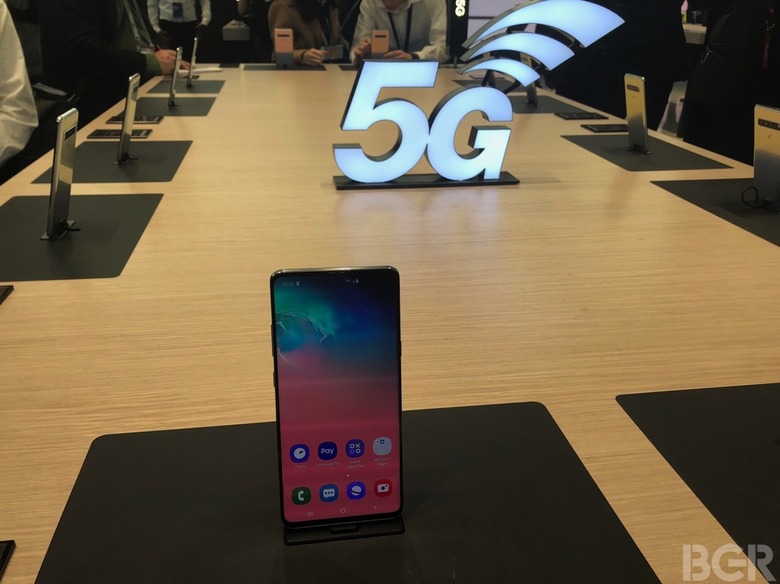Galaxy S10 5G Speed Tests Show Verizon's 5G Network Is Getting Faster And Faster
The Galaxy S10 5G smartphone is now available from Verizon, which means you'll soon be able to test out the carrier's 5G network assuming you reside in one of the first Verizon 5G markets. We've already seen early tests performed on the Moto Z3 with 5G Moto Mod, and they showed how incredible 5G will be compared to 4G, even if it's barely hitting the real 5G speeds we want, and even if the coverage is still unsatisfying. Verizon's 5G network is apparently getting better and better, new speed tests performed on the Galaxy S10 5G show.
In early April, those first Verizon 5G speed tests showed the phone hitting speeds between 516Mbps and 760Mbps, and downloading a 1.81GB game in just 4.5 minutes.
Those download speeds are even better now, as you'll see in the following clips, exceeding 1Gbps, which is incredibly exciting for a mobile phone.
The following test shows 5G on the Galaxy S10 5G hitting almost 1.1Gbps:
This is 5G on the brand new Samsung Galaxy S10 5G in front of my hotel. It's crazy the difference a month makes. #FirstToRealTime pic.twitter.com/Syxc7HGrqn
— George Koroneos 🗿🍹 (@GLKCreative) May 16, 2019
Walking in Chicago, The Verge obtained similar speeds on the Galaxy S10 5G. "Going over 700Mbps is very typical, and crossing that gigabit marker can happen regularly if you're standing near one of the carrier's 5G nodes, which utilize millimeter wave technology to achieve the faster download rates," the report notes.
Coverage is a problem, and it'll be a while until you have access to decent 5G networks. But these initial tests are very promising.
What can one do with all that speed? Well, content consumption will certainly get a big boost. As the report notes, you only need eight seconds to download an episode from Netflix at high quality. A movie like Iron Man 2 was downloaded in 90 seconds. In other words, even if 5G is spotty, you'll only need a few minutes of decent coverage to download those big files you might need, whether it's entertainment or work.
The Verge explains some of the issues with these early 5G networks as well. For starters, you'll lose signal rather fast, while you're out and about, and you're not getting any indoor coverage for the time being. Upload speeds are limited to LTE, and tethering at 5G speeds isn't there.
There's also one other thing to consider, the fact that there aren't that many 5G devices out connecting to these 5G nodes. It remains to be seen what happens when the streets will be crowded with 5G phones.
